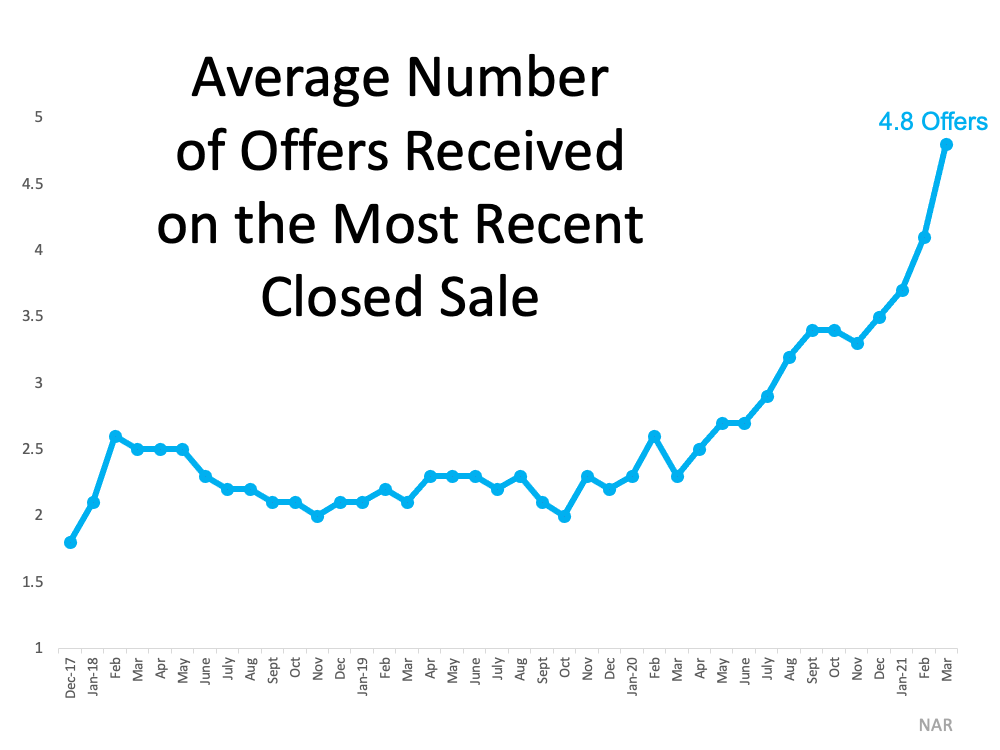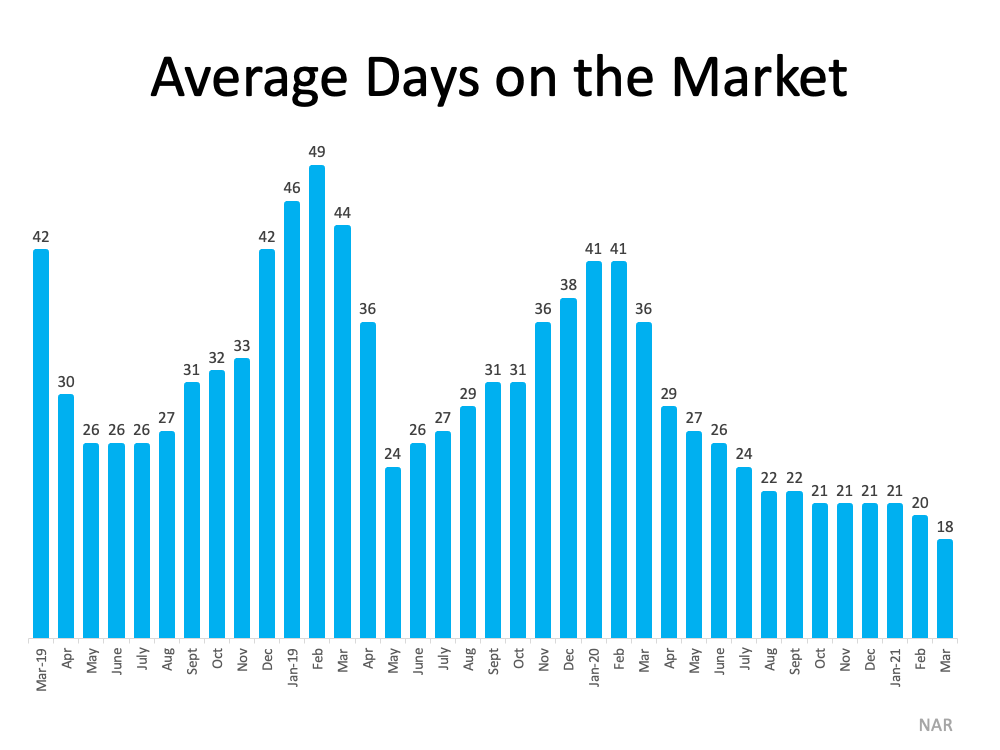“Today’s data, showing a decline in housing starts in April, is discouraging at first glance. America is facing an epic housing shortage and more homes need to be built. The monthly data can be volatile, but the overall underlying trend is still on the upside. The year-to-date figures in 2021 for housing starts were 1.59 million units (annualized pace) compared to 1.38 million in 2020, a 15% gain. More importantly, single-family housing starts also declined in the latest month but were up 26% on a year-to-date basis.
More housing inventory will reach the market in a few months, certainly by autumn, because of the upward trend in home construction. In addition, the mortgage forbearance program will also steadily wind down, leading to further inventory. Moreover, the progress in vaccination among elderly homeowners will lead to normal life activity, including home sales that had been postponed since the onset of the pandemic.
Housing starts are projected to reach 1.6 million for all of 2021 and rise further to 1.7 million in 2022. This would mark the highest home construction activity in 15 years. It is not an overproduction, but rather an attempt to compensate for multiple years of underproduction that led to the current housing shortage.”

Lawrence Yun
Chief Economist and Senior Vice President, Research Lawrence Yun is Chief Economist and Senior Vice President of Research for the National Association of REALTORS®.
The year-to-date figures in 2021 for housing starts were 1.59 million units (annualized pace) compared to 1.38 million in 2020, a 15% gain.
































